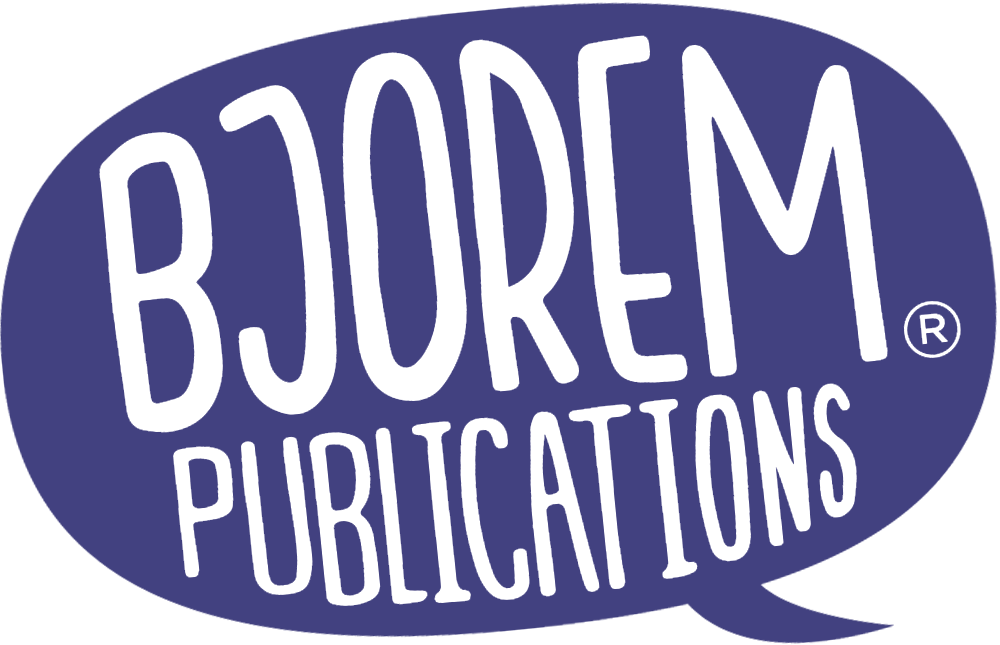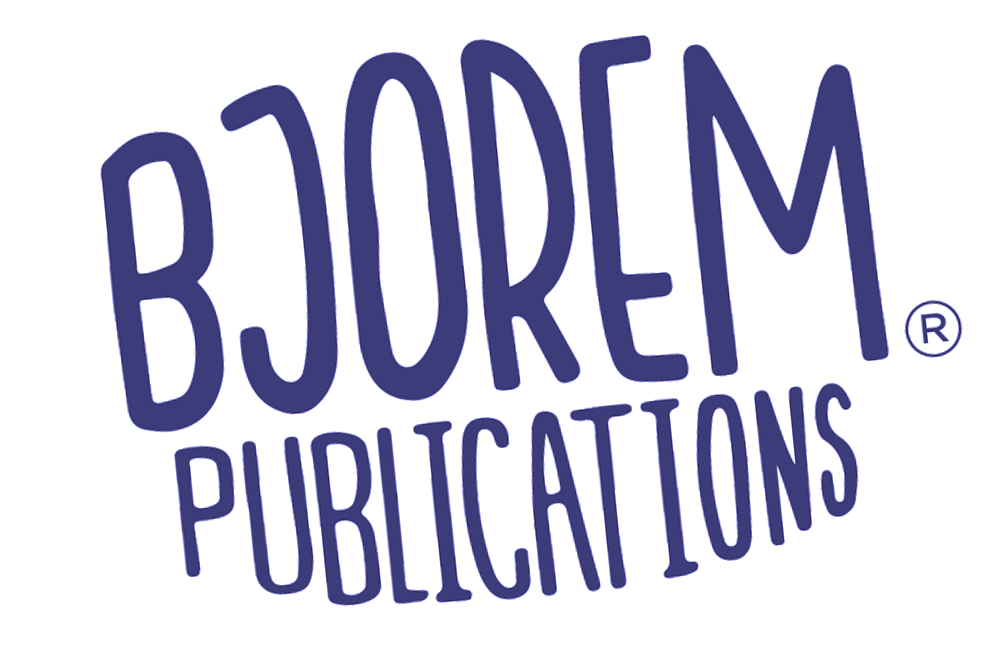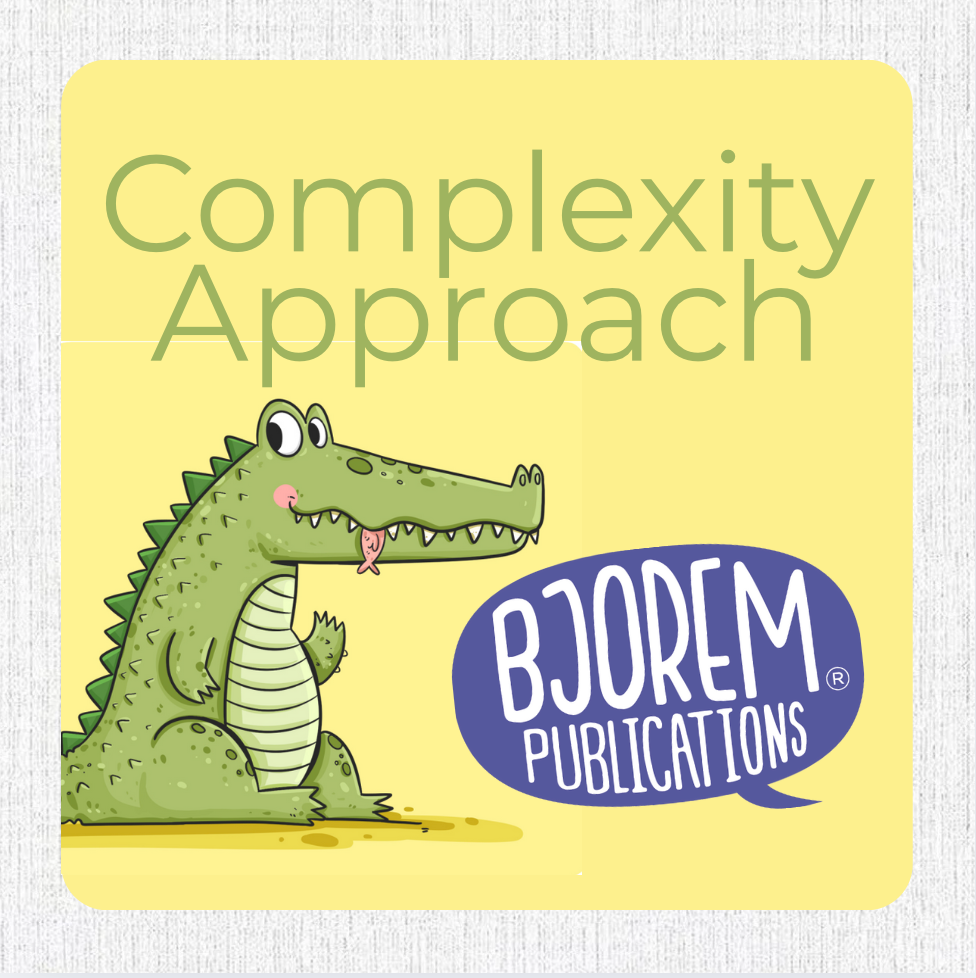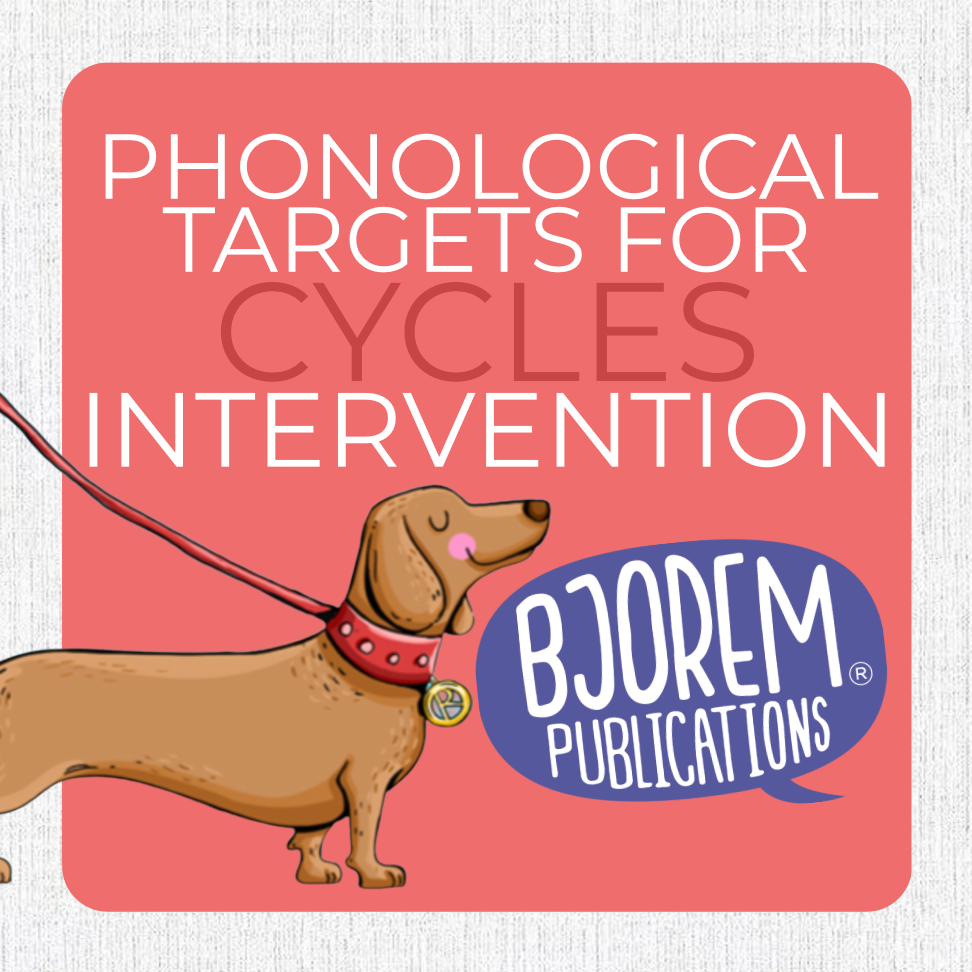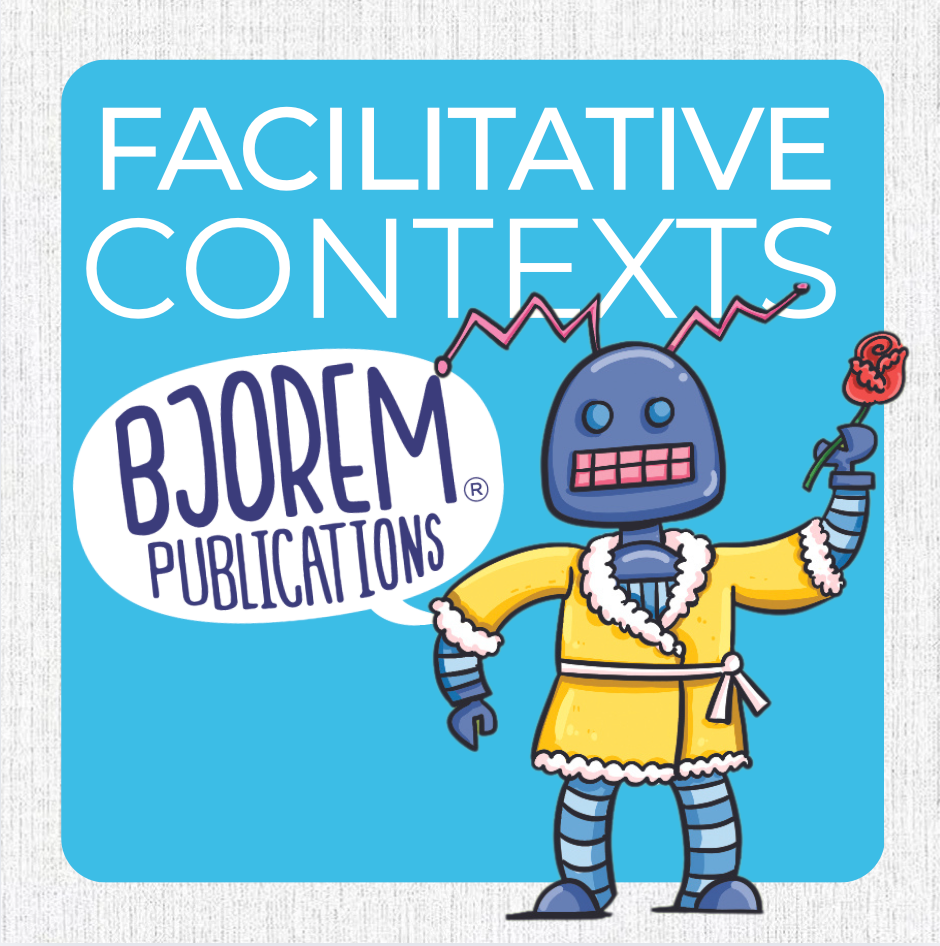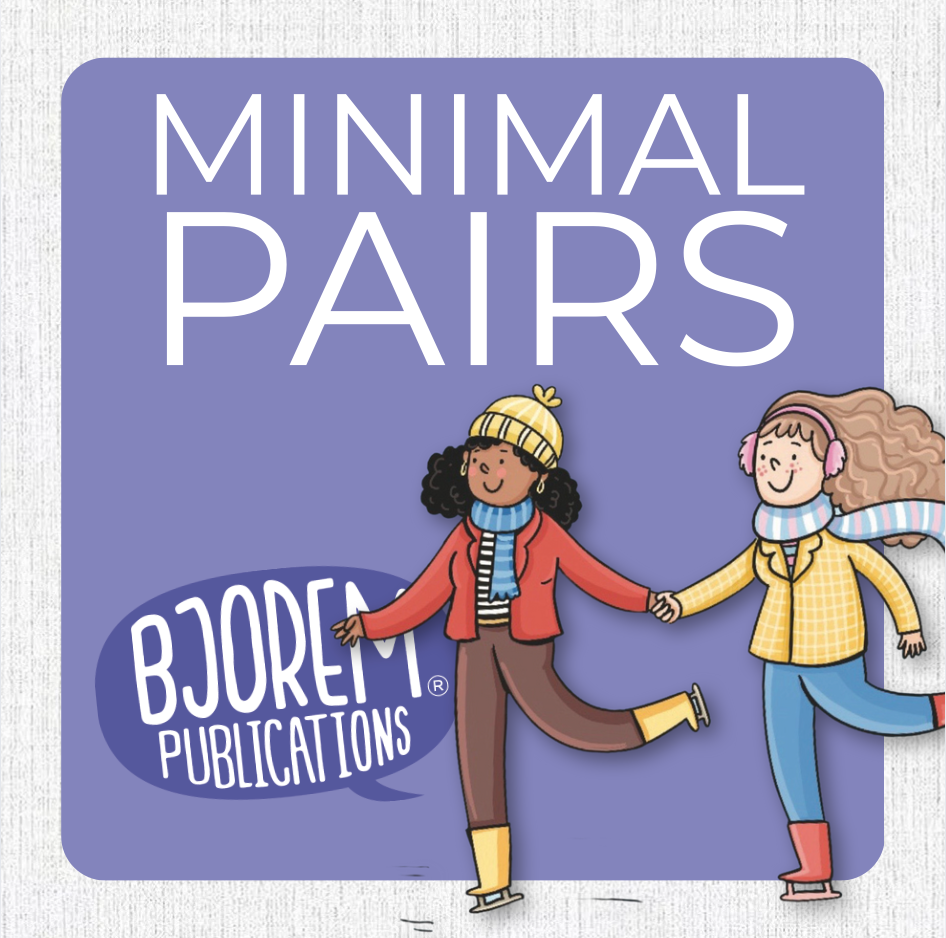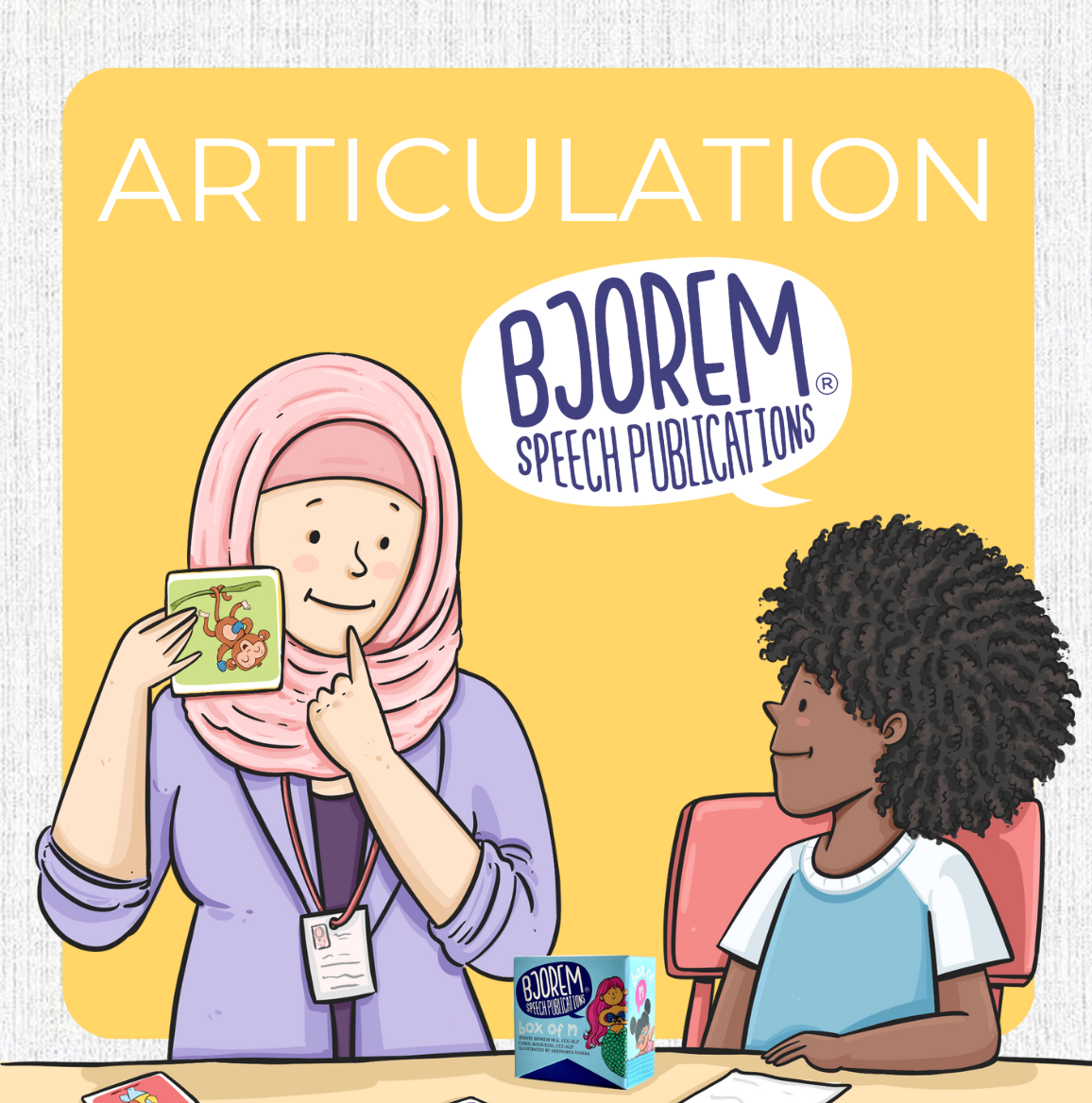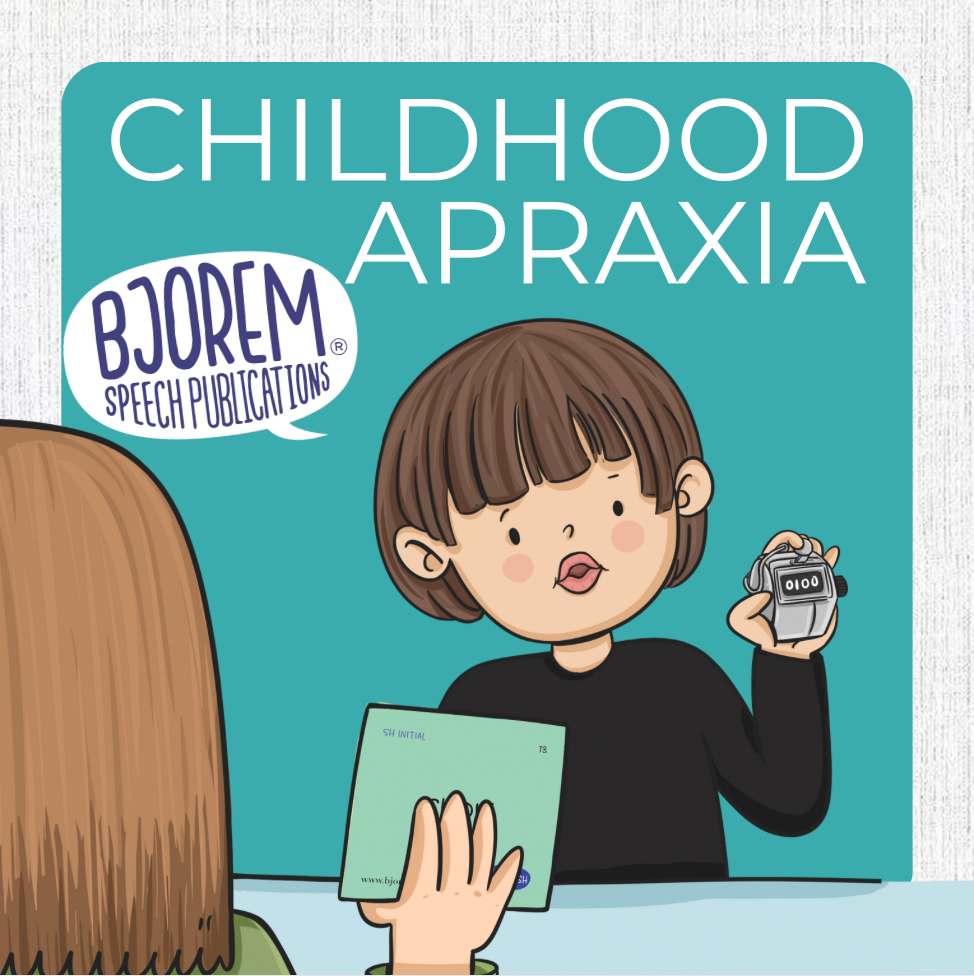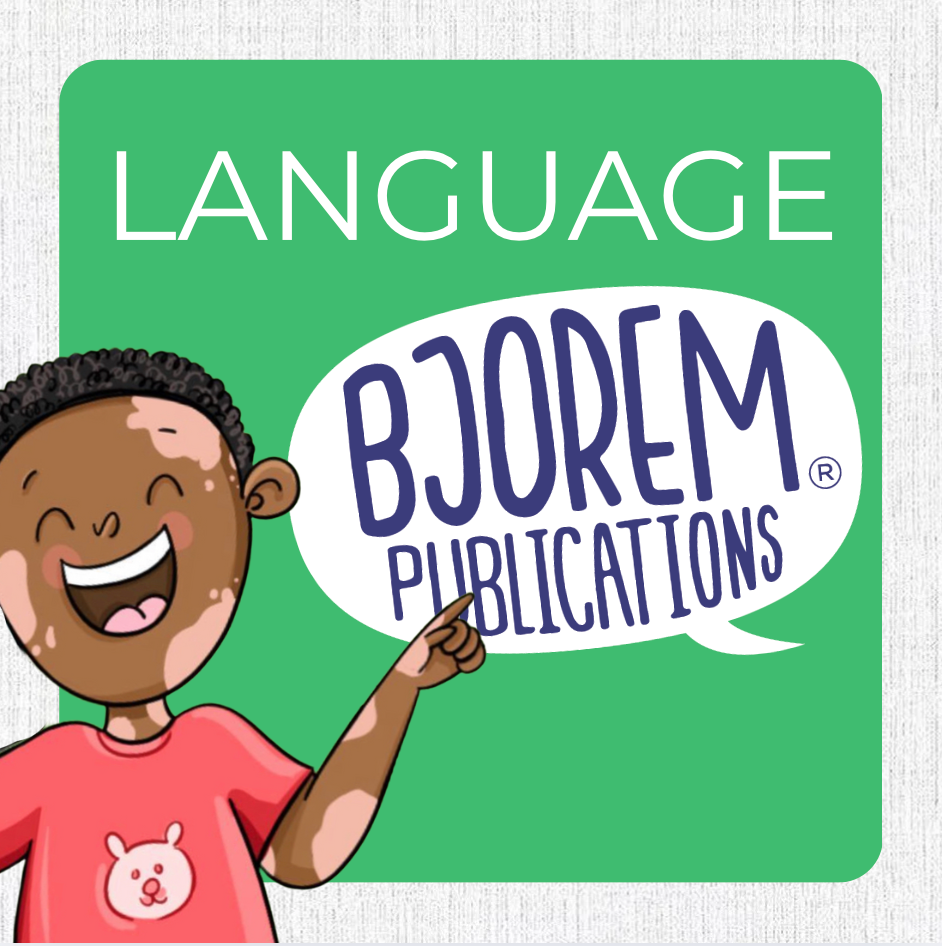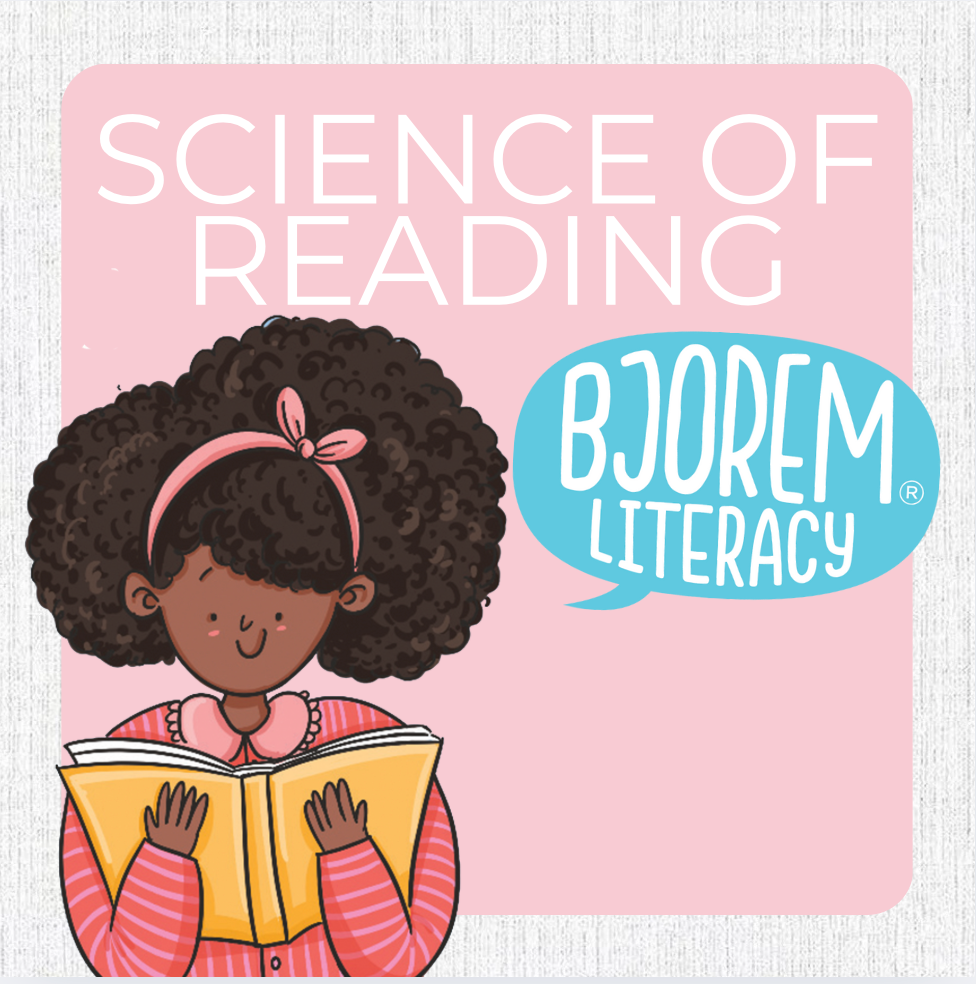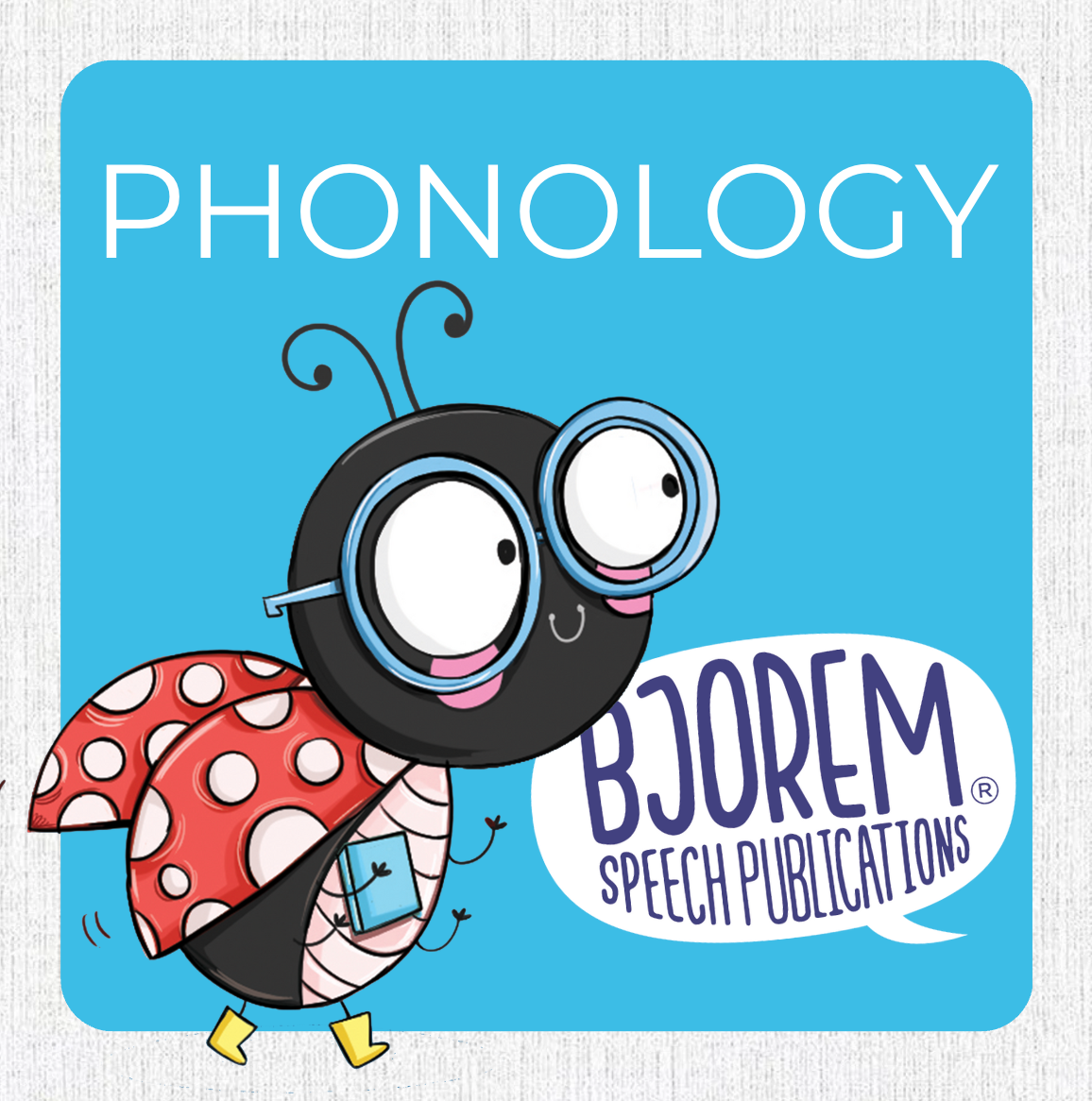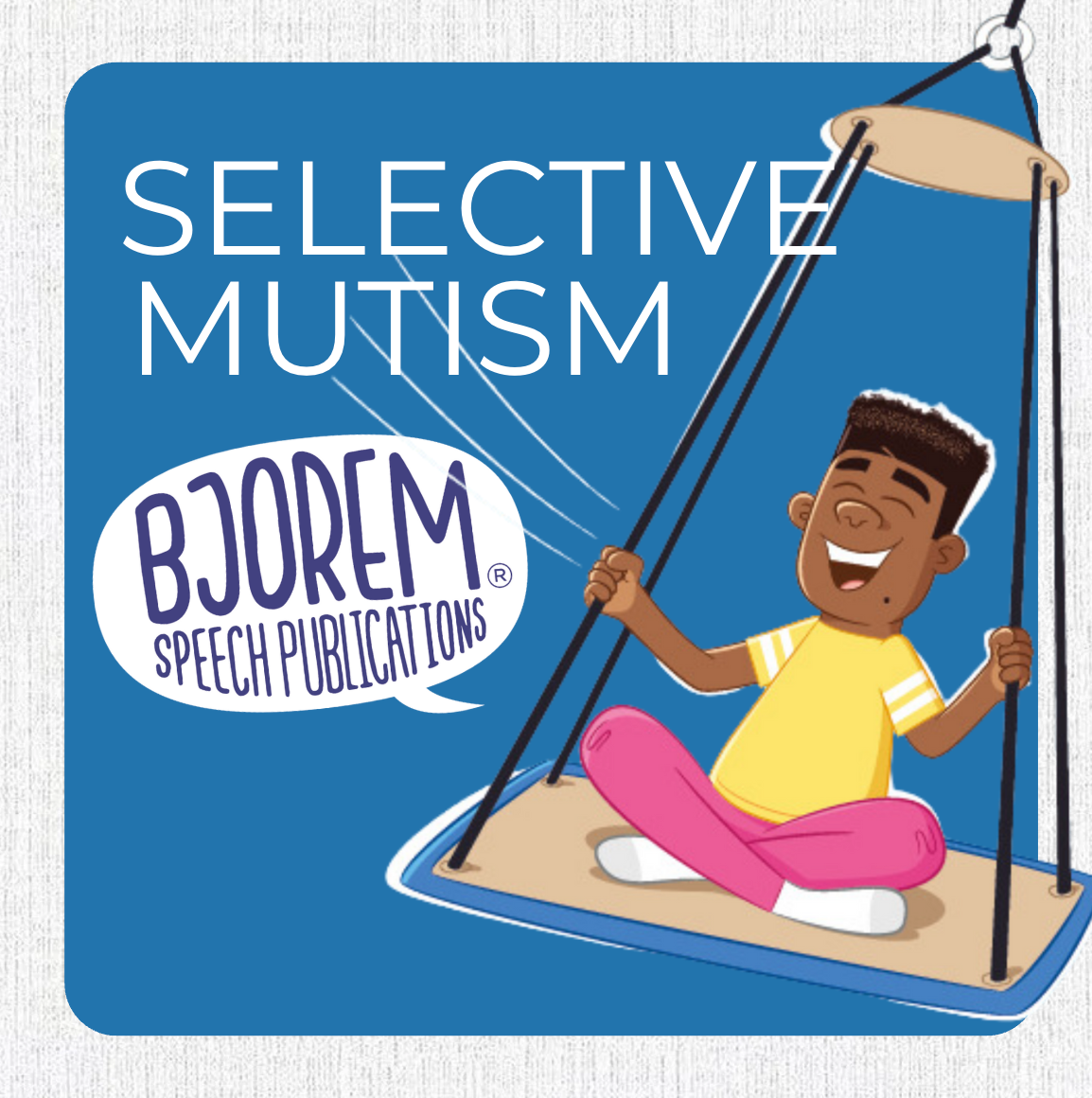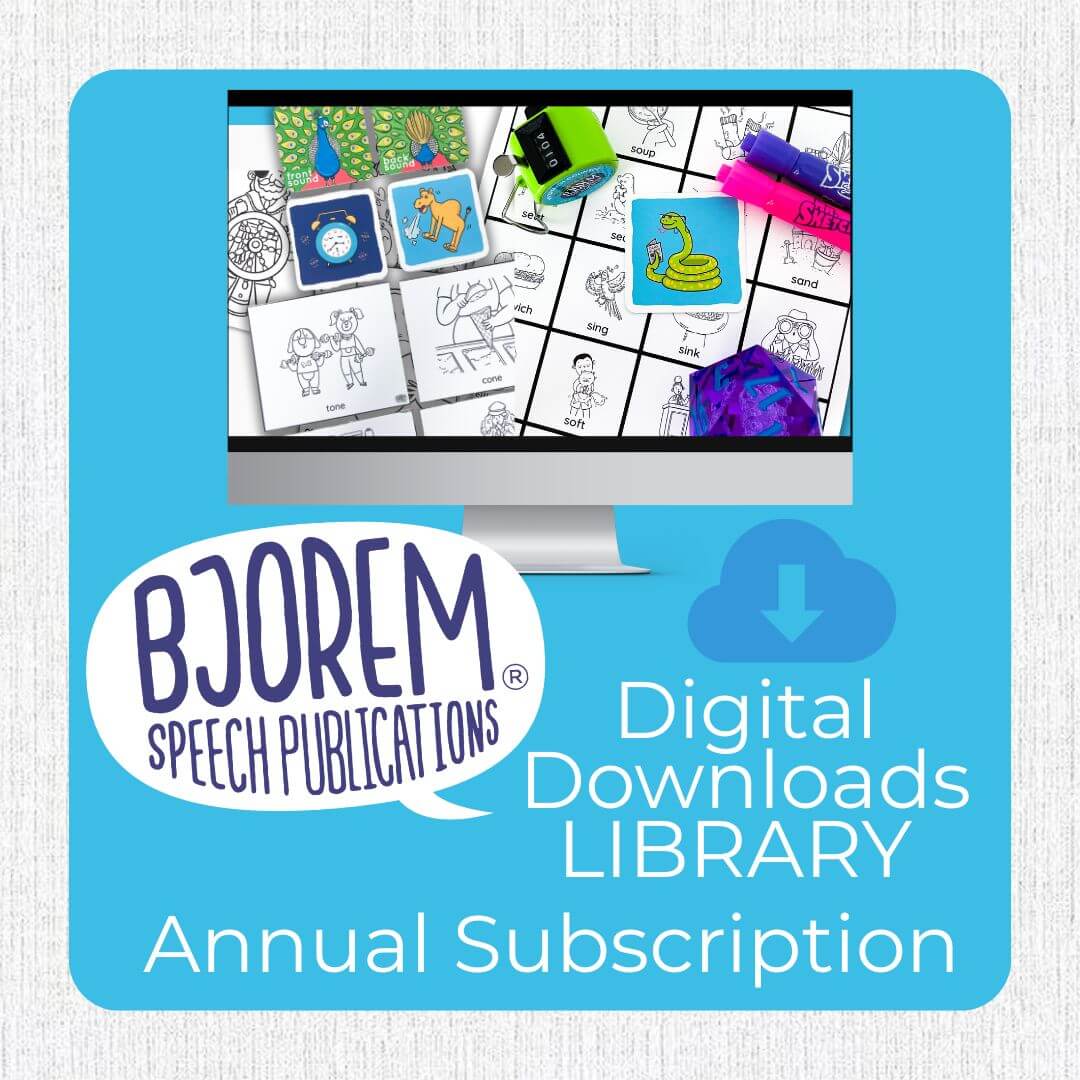Product Research
At Bjorem, it’s important to us that our speech & literacy therapy materials are rooted in research and best practices. We thoughtfully align our product decisions with evidence-based approaches so you can feel confident in what you’re using.
Methods & Approaches
Explore the evidence-based methods that shape our therapy tools. Each approach is grounded in research and thoughtfully applied to support effective, engaging intervention.
Topics
Dive into key areas of focus in speech, language, and literacy development. We connect the research to real-world therapy to help you better support the kids you serve.
Research
Bjorem & Best Practices
At Bjorem, it’s important to us that our speech and literacy therapy materials are rooted in research and best practices. We thoughtfully align our product decisions with evidence-based approaches so you can feel confident in what you’re using. This page highlights the studies behind our most-used methods, and we’re always adding more, so check back often to stay informed and inspired.
Our Commitment to Evidence-Based Practice
Every product we create is grounded in research and guided by real-world clinical experience. By combining science with creativity, we design tools that are effective, practical, and engaging for both children and professionals.
Research Behind Our Methods
From speech sound development to literacy instruction, our materials are informed by well-established methods supported in the field:
-
Minimal Pairs – for addressing phonological processes and error patterns.
-
Cycles Approach – for targeting multiple sound patterns over time.
-
Complexity Approach – for accelerating speech sound learning by introducing complex targets first.
-
DTTC (Dynamic Temporal and Tactile Cueing) – for supporting motor speech disorders such as Childhood Apraxia of Speech.
-
Facilitative Contexts – for building accuracy through helpful sound environments.
Each method we highlight is paired with the research that supports its effectiveness.
Literacy Approaches That Work
Our literacy tools are built on approaches that emphasize phonological awareness, decoding, and fluency. Research supports these as essential building blocks for reading success, and our products make them easy to integrate into therapy, classrooms, or at-home practice.
Research in Action
We don’t just reference research, we translate it into practical tools. Each deck, card set, and literacy product is thoughtfully designed so you can implement evidence-based strategies without spending hours creating your own materials.
Always Growing
The field of speech-language pathology and literacy instruction is always evolving, and so are we. As new studies emerge, we continue to refine, expand, and innovate, ensuring that Bjorem Speech & Literacy resources stay relevant, effective, and aligned with best practices.
